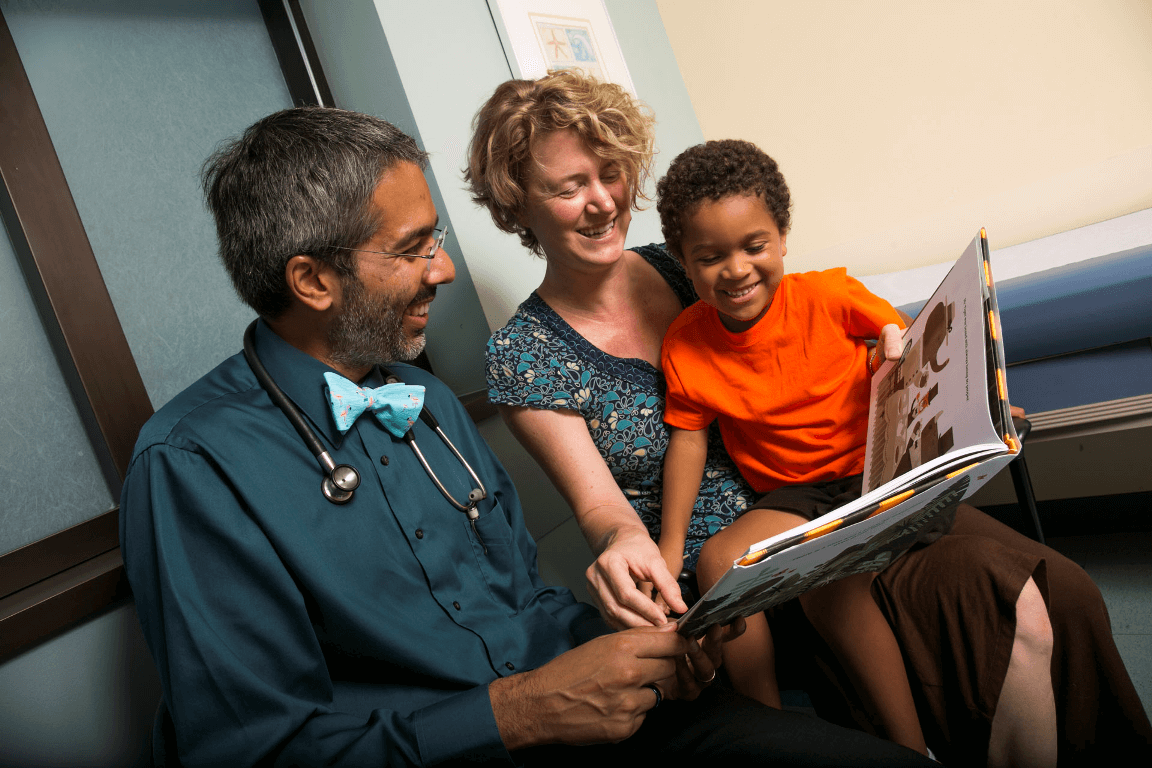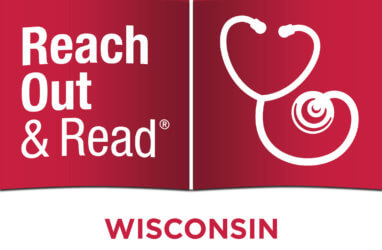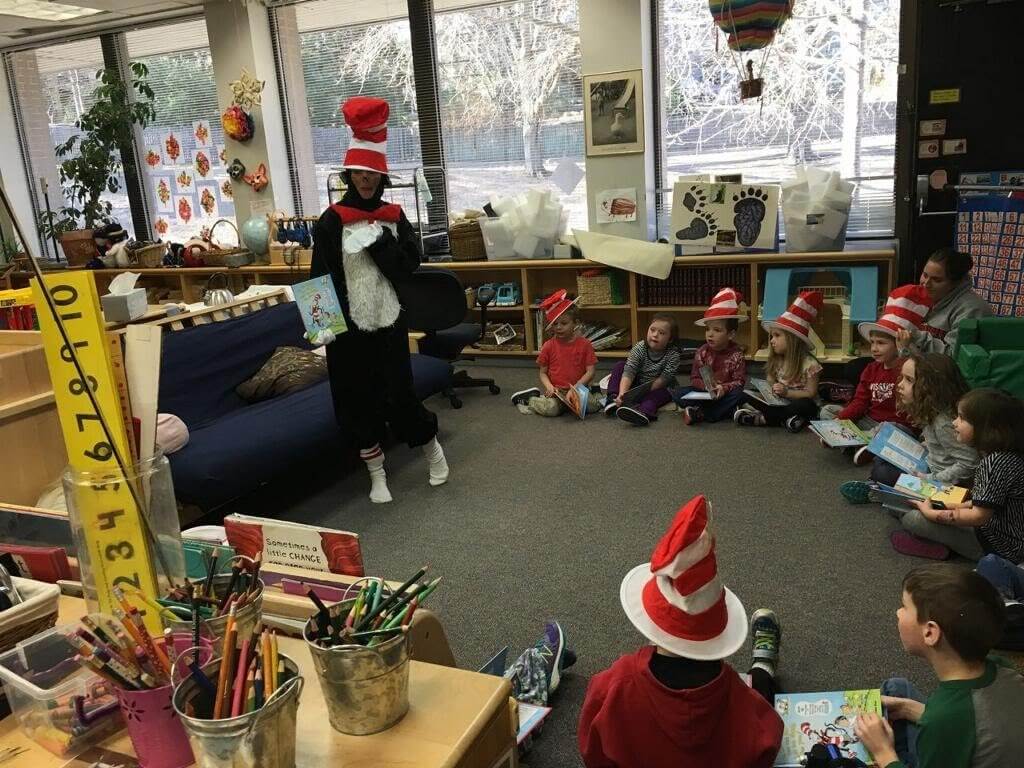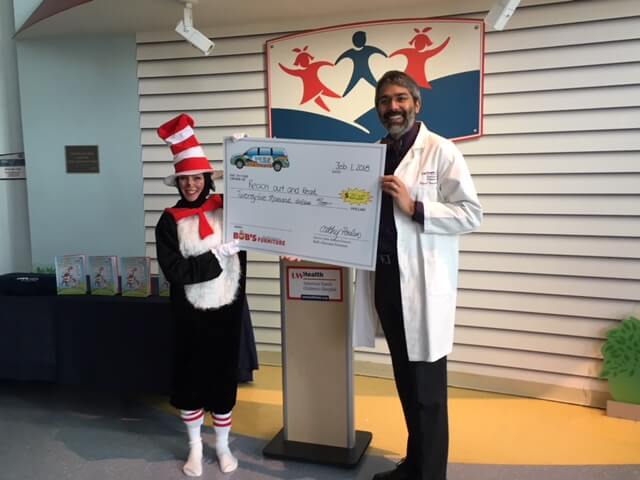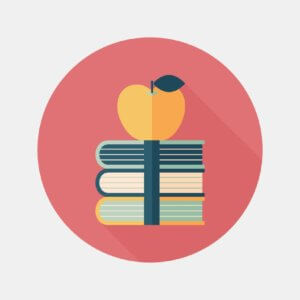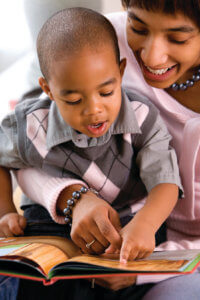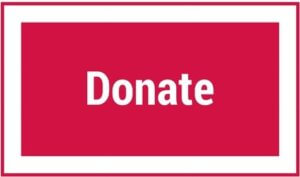Dear Reach Out and Read Wisconsin Staff, Advisory Council, Donors, Partners, Clinics, Care Providers, and Families,
This is a fan letter. Read on to be reminded of how fantastic all of you are for being part of Reach Out and Read (ROR) Wisconsin!
The Origins of Reach Out and Read Wisconsin
Eight years ago, a group of leaders came together to officially launch ROR Wisconsin. We had great thought leadership and advocacy from Dr. Dipesh Navsaria. Dipesh is now the medical director of ROR Wisconsin. We had early adopter health care providers and clinics who were into ROR well before being into ROR was cool. But we did not have paid staff or an organizational home. We knew we were not reaching all the kids and families who could benefit from ROR. Several of us thought a partnership between the Children’s Hospital of Wisconsin and the American Family Children’s Hospital would catalyze the creation of a Wisconsin affiliate, build a more secure home and expand the scope of this excellent program.
And so, we brought partners together – children’s health care providers, thought leaders, experts in early literacy, a sponsoring organization – and we launched the Wisconsin affiliate of ROR in 2010.

Karen Timberlake and family, with Jim and Jessica Doyle, at the 2010 announcement of the Reach Out and Read Wisconsin affiliate.
Connecting ROR Wisconsin to Jim and Jessica Doyle’s Commitment to Kids
I had the privilege of serving as the Secretary of the Wisconsin Department of Health Services from 2008 to 2010; during the time when the ROR Wisconsin affiliate was created. Of all the important work I did in partnership with others during my time as secretary, helping to launch this affiliate ranks right up there as one of the efforts I am personally most proud of.
One of the honors of working for Governor Jim Doyle was the chance to make positive change happen, at scale, for kids and families across Wisconsin. Governor Doyle’s commitment to kids – their health, their education – and Jessica Doyle’s career as an educator – were an inspiration for my colleagues and me in pushing this affiliate across the starting line.
We had terrific leadership from Peggy Troy, CEO of the Children’s Hospital of Wisconsin and Donna Katen Bahensky, then-CEO of the University of Wisconsin Hospitals and Clinics. We found the perfect organizational host in the Children’s Health Alliance of Wisconsin (Alliance)– another organization built on trust, evidence, collaboration and the greater good. We found great staff and appointed a wonderful advisory council to work with Dipesh, still the capital-C Champion of this work, to make it all happen.
Simple Yet Powerful Success Factors
This effort was made possible by some simple but important fundamentals…as simple and fundamental as reading and just as worthy of lifting up and celebrating. What were the success factors that made ROR Wisconsin possible and continue to sustain it today? Leadership. Trust. Putting the greater good ahead of any one organization or person. Committing to and scaling up an evidence informed program. Learning from others’ successes and challenges, to make the Wisconsin program better.
ROR: An Innovative Program that Addresses a Critical Root Cause of Child Wellbeing
I am drawn to innovation. One of my favorite quotes is from Thomas Edison, who is reported to have said, “There is a way to do it better. Find it.” ROR is a great example of one of my favorite types of innovations. It goes to a root cause, early literacy, of important priorities for every family and every community: child readiness for school and ongoing school achievement. It meets kids and their care givers where they are, in the doctor’s office or clinic, without requiring them to go anywhere else to get a quick literacy assessment, a book and a boost for their early learning. It bridges professional disciplines and organizational boundaries in the name of what really matters – promoting early literacy for kids and supporting their parents and caregivers. It’s cost effective, conducts and uses evaluations of effectiveness and stretches every dollar and volunteer hour as far as it can be stretched.
Celebrating Reading in My Children’s Lives
I am also a proud mom of a son and daughter who are both voracious readers. I have seen the impact of reading in my children’s lives from their earliest years.

I have observed the ways reading builds their imagination, their knowledge and their independence. I want every child and every family to have the relationship with reading that my children have.

We know kids need love, support and positive early learning experiences. We are learning more and more about how truly essential those early experiences are to children’s lifelong health and happiness. ROR takes those principles to heart and delivers, child by child, family by family.
Good For You!
So as I said, this is nothing but fan mail for all of you supporting ROR Wisconsin and continuing the great work Dipesh and others started many years ago. Good For You, all of you who have helped get ROR Wisconsin to this point. Kids and families across Wisconsin are the better for your efforts.
For an update on ROR Wisconsin’s latest impact click here.
